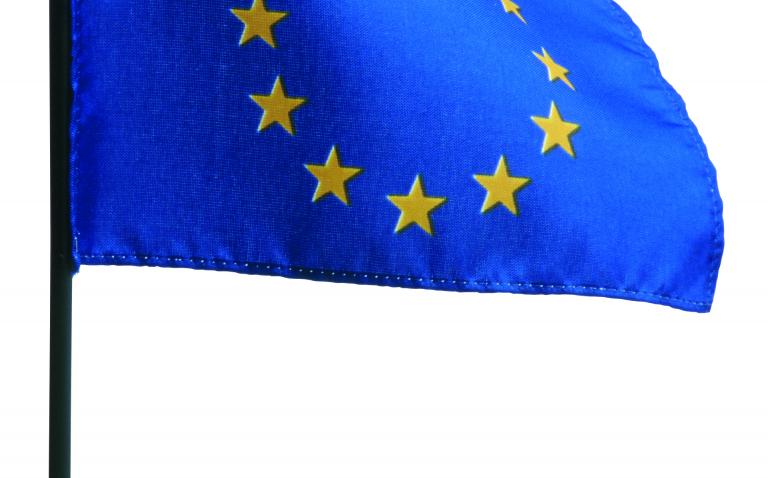The European Science Foundation is calling for greater collaboration across Europe on research into medical imaging.
The organisation says new imaging technologies will result in improved and cost-effective healthcare, but closer cooperation is needed between doctors, research scientists and industry if Europe is to realise the full potential of new developments and remain competitive globally.
The call comes in an ESF Science Policy Briefing (SPB) released this week. The briefing is the result of a workshop involving key specialists in the field, organised by ESF’s medical section, the European Medical Research Councils (EMRC).
The document says imaging is one of the fastest growing areas within medicine and makes important new contributions to preventive medicine, early diagnosis, minimally invasive surgery, patient follow-up and individually tailored therapy choice for each patient’s disease entity.
New imaging technology allows much more detailed “functional” information to be obtained about structures within the body, such as the potential for tissues to become cancerous or to develop characteristics that lead to diseases like Alzheimer’s.
Imaging is also becoming more important at guiding surgery and targeting radiation therapy so that normal surrounding tissues are not harmed.
But, the ESF says, to obtain the maximum benefit of these advances, research needs to be more collaborative than it is at present.
The Science Policy Briefing contains a number of key recommendations that it says will lead to more and better research into medical imaging throughout Europe:
- Improved collaboration between universities, between imaging specialists and clinicians, between academia and industry, and between different imaging modalities.
- The establishment of large interdisciplinary research groups with access to long-term funding.
- Better collaboration between academia and industry, with academia identifying the goals of the research.
The document calls for better ways to evaluate the emerging technologies: standardised protocols to ensure that all clinics use the technology in the best way, appropriate training and education to ensure that the technology moves smoothly from the research laboratory to the clinic, and the development of ways to enable the technology to be more “user-friendly” so even advanced methods can be used, where appropriate, by professionals with limited expertise.
The ESF says its recognition of the importance of medical imaging has been further underlined by the decision to present this year’s prestigious Latsis prize, worth �60,000, to a scientist or research group that has made an outstanding and innovative contribution to the field of medical imaging.
The prize will be presented at the ESF Annual Assembly later this year.










